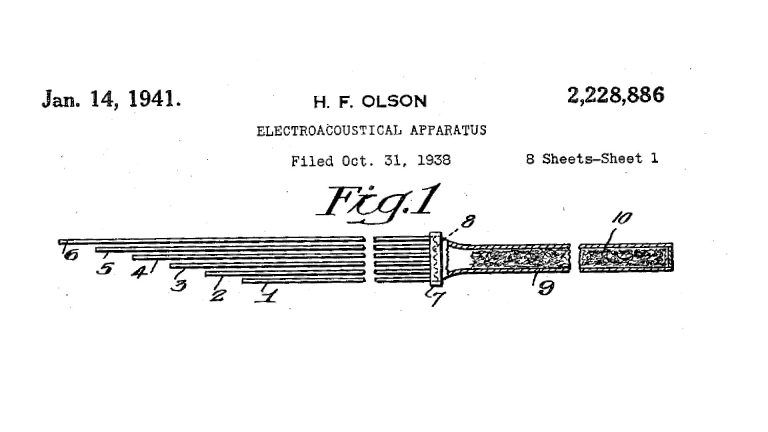The history of the shotgun microphone
As with many devices, today’s shotgun microphone wasn’t a single invention, but was rather the cumulative result of several innovations over time. Four of these innovations stand out in the history of the shotgun microphone:…


